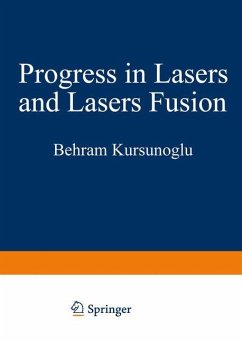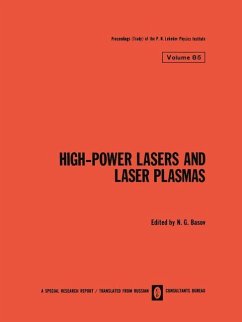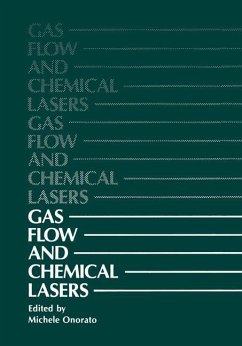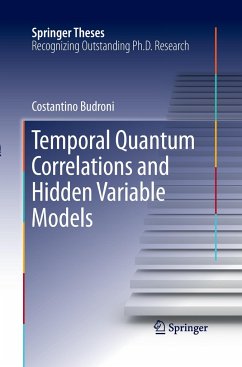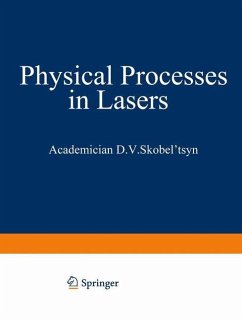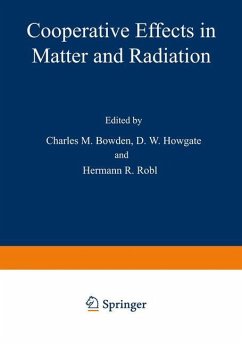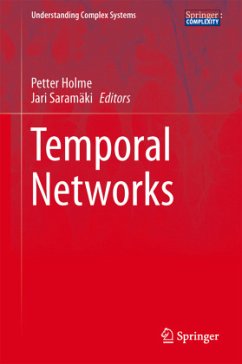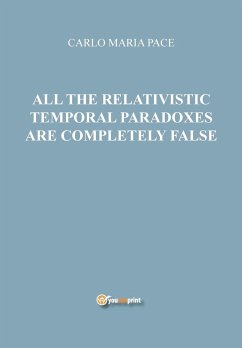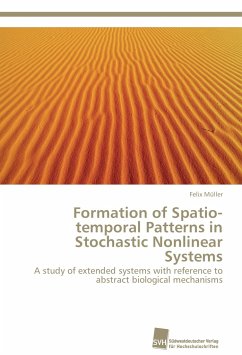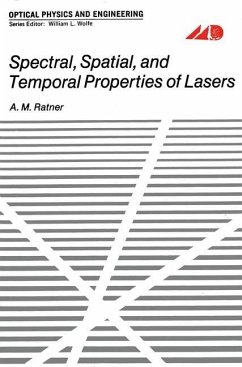
Spectral, Spatial, and Temporal Properties of Lasers

PAYBACK Punkte
20 °P sammeln!
During the decade there were many developments in laser research and numerous applications of the laser were made in fields of science and engineering. Many theoretical and experimental ad vances were made in the Soviet Union; often they paralleled those taking place in the United States and elsewhere but started from different points, proceeded along different paths, and yielded dif ferent insights into the physical processes taking place in the la ser. The present book offers a unified theory of lasers by which the operating characteristics of the laser are described and re lated to the deta...
During the decade there were many developments in laser research and numerous applications of the laser were made in fields of science and engineering. Many theoretical and experimental ad vances were made in the Soviet Union; often they paralleled those taking place in the United States and elsewhere but started from different points, proceeded along different paths, and yielded dif ferent insights into the physical processes taking place in the la ser. The present book offers a unified theory of lasers by which the operating characteristics of the laser are described and re lated to the details of the radiation emitted. Extensive emenda tions to the original, Soviet edition were supplied by the author and incorporated into the text, and references to the English literature were added to the translation to permit the reader to readily ex plore topics in greater detail. Since the Soviet edition's appearance in 1968 one very impor tant area has developed-that of mode locking and picosecond pulse production. This area is so important that no comprehensive work on the laser published in 1972 could neglect it. Accordingly, Chap ter XII was added to round off the treatment. I am indebted to my colleague, Professor A. J. Carruthers of the University of Min nesota for many illuminating discussions on mode locking.



